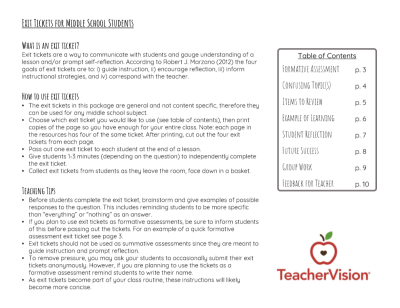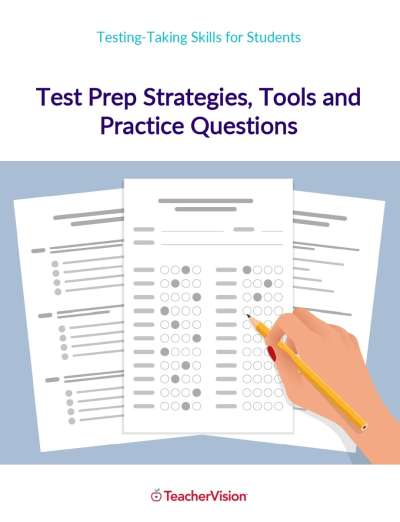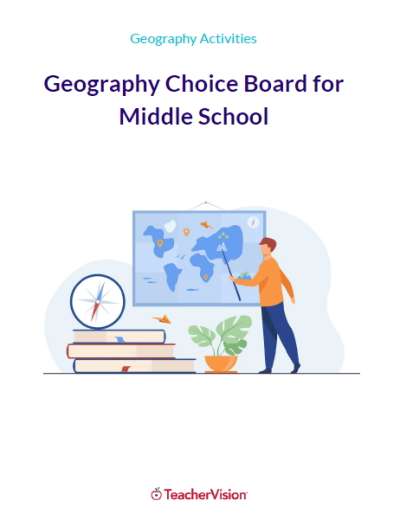Journaling in Math
What Is It?
Journaling involves having students record their thoughts, understandings, and explanations about mathematical ideas or concepts. Writing about mathematics helps students articulate their thinking, and provides useful information for teachers about learning difficulties, incorrect assumptions, and student's progress in communicating about mathematics.
Writing or drawing is a way of engaging students in the material and helping them construct meaning. The journals should be used to record short, informal, exploratory thoughts or ideas. It shouldn't be graded or edited. Its purpose is for students to explore and note what they are thinking about and what they are learning.
Why Is It Important?
Communication is one of the National Council of Teachers of Mathematics (NCTM) Strands of Standards, and the Council encourages the use of communication as a very powerful tool to foster the learning of mathematics.
"Communicating about mathematical ideas is a way for students to articulate, clarify, organize, and consolidate their thinking. Students, like adults, exchange thoughts and ideas in many ways-orally; with gestures; and with pictures, objects, and symbols. By listening carefully to others, students can become aware of alternative perspectives and strategies. By writing and talking with others, they learn to use more precise mathematical language and, gradually, conventional symbols to express their mathematical ideas. Communication makes mathematical thinking observable and therefore facilitates further development of that thought. It encourages students to reflect on their own knowledge and their own ways of solving problems. Throughout the early years, students should have daily opportunities to talk and write about mathematics. They should become increasingly effective in communicating what they understand through their own notation and language as well as in conventional ways."NCTM Standards for School Mathematics: Communication
When Should It Be Taught?
Journaling can be used as a short, three to five minute activity before, during, after, or throughout instruction.
What Does It Look Like?
Comparing Fractions with Unlike Numerators Using Journaling
Comparing Fractions with Unlike Denominators Using Journaling
Finding Equivalent Fractions and Simplest Form
The NCTM standards advocate two students talking and listening as forms of communication in math class, because these skills are usually more advanced than their abilities to read and write. In grades three to five, students should use all forms of communication as a tool for understanding and generating solutions. Their writing should include mathematical vocabulary, along with everyday language, to explain concepts, take notes, or to explain an answer. Students should be able to describe problem-solving strategies and their reasoning.
According to NCTM, middle-grades mathematics teachers should strive to establish a communication-rich classroom in which students are encouraged to share their ideas and ask questions. To encourage this kind of sharing, teachers need to set expectations and establish an atmosphere of trust and respect. The focus in such classrooms is to explain, question, debate, and make sense of math together.
In high school, there should be substantial growth in students' abilities to express themselves clearly, structure logical chains of thought, listen to the ideas of others, and think about their audience when they write or speak. Consequently, students in grades 9-12 should be able to communicate in oral and written exposition, generating explanations, formulating questions, and writing arguments. Students should use correct and appropriate mathematical language and symbols when making their points using spreadsheets, diagrams, or other forms of representing knowledge.
One way to introduce the idea of thinking about thinking, or metacognition, is to have students describe what they were thinking when doing a familiar activity such as choosing what to eat for lunch. You may want to start by having students describe their thinking in words, before describing their thinking in writing. Have them step through the process, explaining what they thought at each point, and what factors they took into consideration. For example, "I knew they served pizza at school today, and I don't like pizza, so I made my lunch. I checked to see if there was any peanut butter and there wasn't, so I made a turkey sandwich with tomato. I looked for mustard and didn't find any, so I added mayonnaise."
Discuss examples that clearly show thinking processes, as well as examples that do not clearly state thinking processes, such as, "I wanted pizza so I bought it." Compare the amount of detail in different descriptions of thinking, and encourage students to identify the sentences or paragraphs that are valuable in describing thinking.
When introducing journaling, start by asking open-ended questions to encourage students to write about how they feel or their opinions about math.






